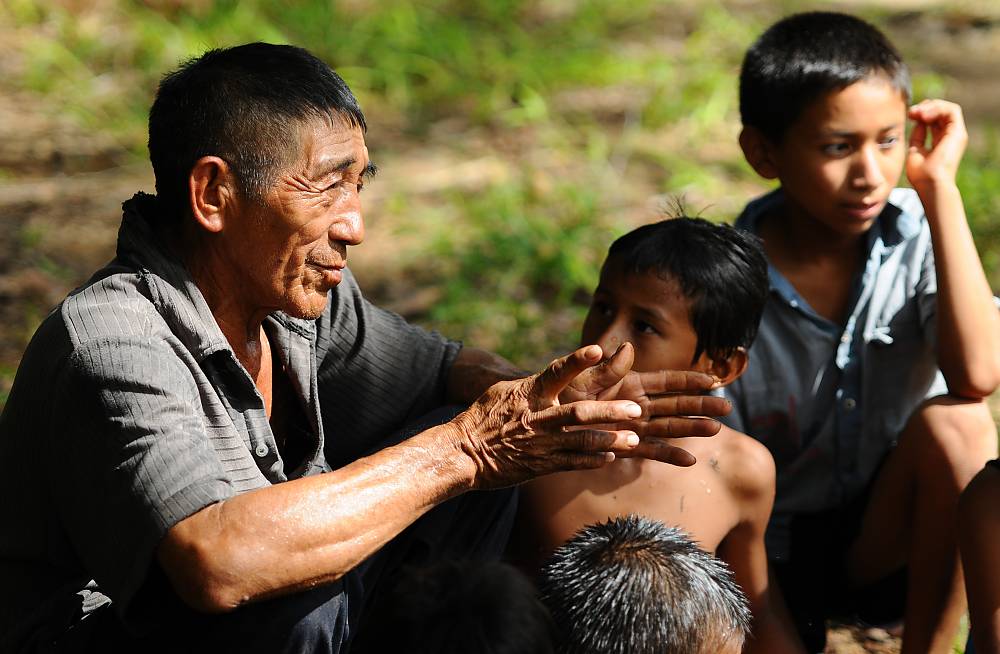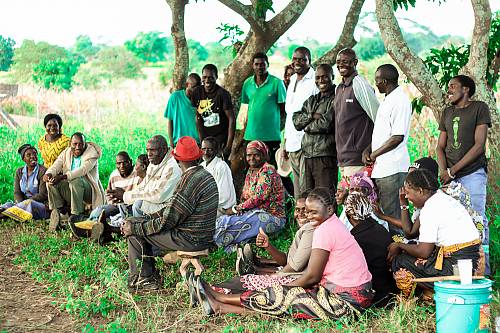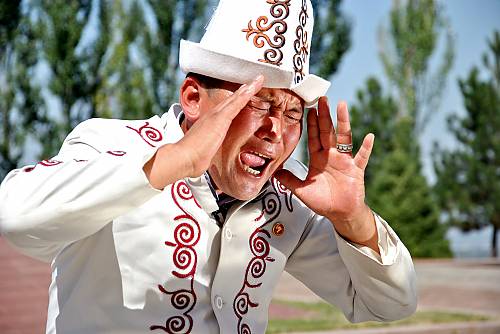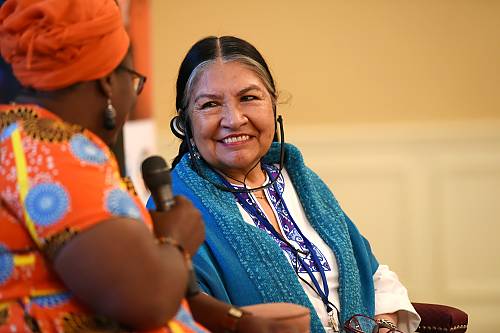The UN General Assembly proclaimed 2019 as the International Year of Indigenous Languages (IYIL2019). Following the activities and fruitful discussions, a consensus emerged to maintain momentum through the continued engagement of all stakeholders. In view of the urgency and gravity of the situation in which many Indigenous languages find themselves, the UN General Assembly proclaimed the upcoming decade of 2022-2032 as the International Decade of Indigenous Languages (IDIL2022-2032). Building on that joint effort, “The Global Action Plan of the International Decade of Indigenous Languages” is presented during the Culture Commission of the 41st session of the General Conference on Thursday 18th and Friday 19th November.
The presentation of the report is a unique opportunity to raise awareness of the importance of indigenous languages for sustainable development, peacebuilding and reconciliation. It is also the occasion to mobilize stakeholders and resources around the world to support and promote indigenous languages through international cooperation and a joint action at all levels. One key aspect of the report is directly related to living heritage.
As highlighted in the Action Plan, indigenous peoples indeed hold a rich diversity of living heritage, including practices, representations, expressions, knowledge and skills that continue to be relevant and provide meaning in everyday life. Many ICH elements inscribed on the Lists are connected to indigenous communities. The Convention provides an important opportunity for indigenous peoples to shape international heritage discourse and ensure that their experiences and needs in safeguarding living heritage are considered. While the practice and transmission of living heritage contributes to the vitality, strength and well-being of indigenous communities, language is the principal vehicle through which such living heritage is kept alive.
To highlight the important role played by indigenous languages in the practice and inter-generational transmission of intangible cultural heritage, the exhibition “Sounds of living heritage, a journey through the indigenous languages” is currently being displayed at UNESCO Headquarters. Visitors are invited to explore the interconnectedness of language with the living heritage of indigenous communities around the world.



